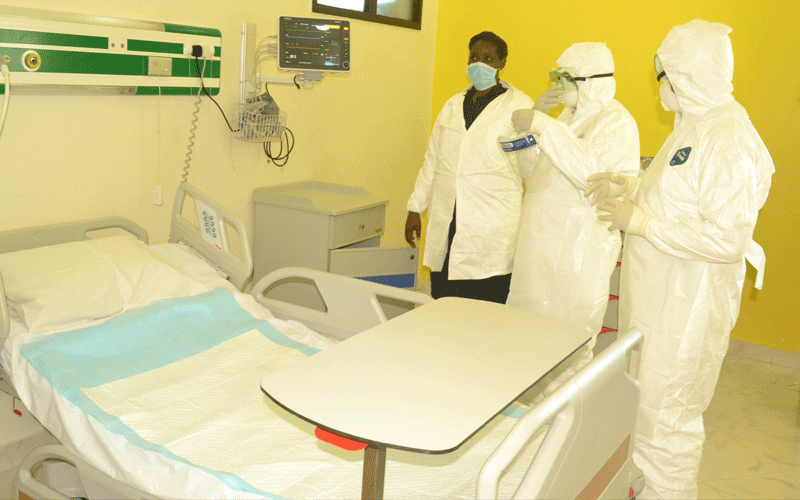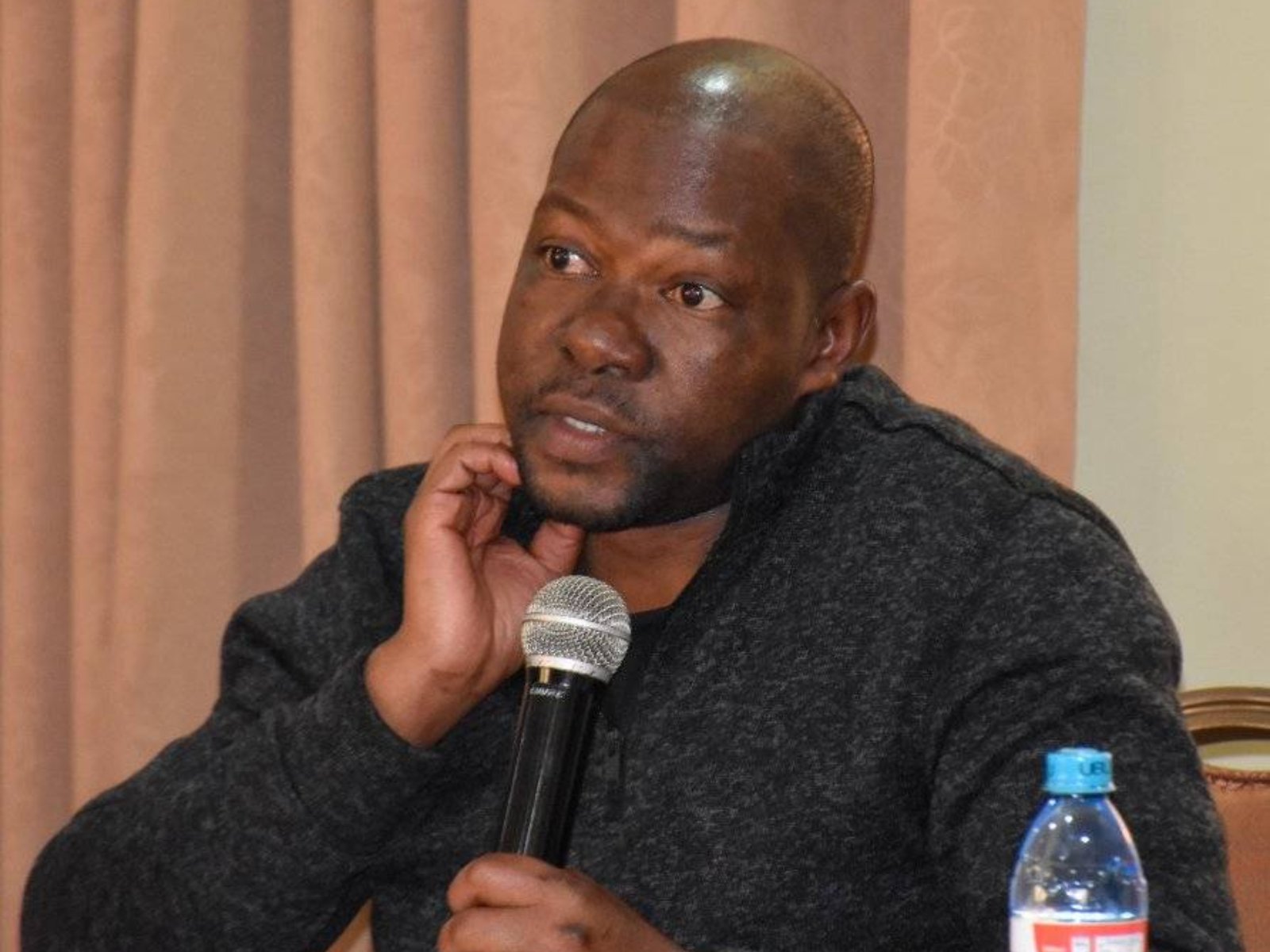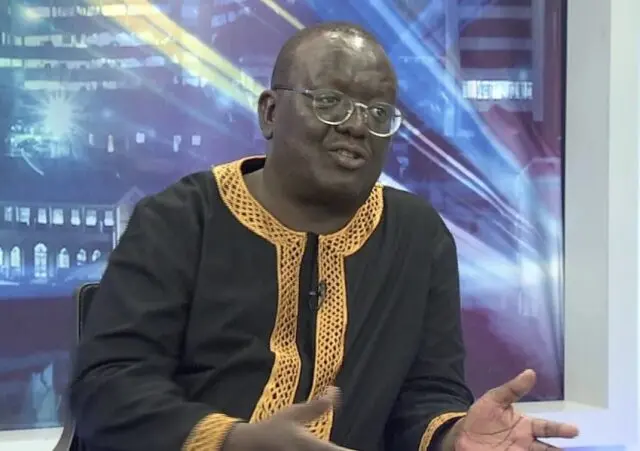Probe counties’ Covid response expenditure, auditor advised

Mercy Mwai @wangumarci
A Senate committee investigating the use of Covid 19 funds has directed the Auditor-General Nancy Gathungu to undertake a special audit on the use of funds allocated to the counties even as it emerged that only seven of the 47 devolved units have met the minimum required bed capacity of 300.
The ad hoc committee on the Covid-19 situation in Kenya, chaired by nominated Senator Sylvia Kasanga, in its report tabled in the Senate said county health facilities had a total functional bed capacity of 7,723, including 7,411 for isolation and 312 for Intensive Care Unit against a projected need of 14,100 beds which is a minimum of 300 per county.
The seven counties that have met the bed capacity threshold are Nairobi, Mombasa, Machakos, Makueni, Garissa, Mandera and Kakamega while counties with at least 250 isolation beds including Kilifi and Kisii.
Budget for beds
According to the report, the 15 worst-performing counties include Kwale, Nyamira, Kitui, Bomet, Uasin Gishu, Narok, Siaya, Marsabit, West Pokot, Wajir, Tana River, Samburu, Bungoma, Lamu and Kirinyaga.
Kirinyaga is the only county which does not have a single isolation or ICU bed. This is after the county Assembly refused to approve he budget for the beds.
“The Ministry of Health, Council of Governors and county governments should act expeditiously to ensure expanding ICU infrastructure across the counties is matched with the availability of requisite specialised personnel including ICU nurses, medical anesthesiologists, anesthetists,” reads the report.
The report says as of August, counties had a total of 312 ICU beds against a projected need of 317, leaving a demand gap of at least 58.
Counties with the highest number of ICU beds include Nairobi, Murang’a, Mombasa, Mandera, Kisii, Tharaka Nithi, Embu, Isiolo, Wajir, Kiambu, Nakuru and Kajiado.
Others are Homa Bay, Migori, Busia, Nyeri, Taita Taveta, Meru, Nandi, Baringo, Uasin Gishu, Siaya, Marsabit, West Pokot, Tana River, Samburu, Bungoma and Lamu.
The committee further noted that most counties lacked adequate supplies of reliable oxygen and laboratory testing facilities, a move that was identified as a major weak link in the management of the Covid-19 pandemic situation.
“The committee, however, noted that even where ICU infrastructure was available, counties lacked the requisite specialised personnel to provide ICU services.
As such, there is an urgent need for the MoH, CoG and county governments to act expeditiously to ensure the expanding ICU infrastructure across the counties is matched with the availability of requisite specialised personnel including ICU nurses, medical anesthesiologists, anesthetists,” adds the report.
The committee took note that while counties were ready to adopt GeneXpert machines for use in Covid-19 testing, the manufacturer CEPHEID was unable to meet global supply demand.
Fight the pandemic
“Ministry of Health, Council of Governors and county governments should act expeditiously to increase proximity and access to Covid-19 testing by increasing laboratory capacity at existing sites, and expanding into new sites,” adds the report.
The committee in its ninth progress report, said the investigations should cover the period from March 13 to July 31 and should seek to establish whether the county governments had approved work plans, procurement plans, and training plans in place specific to Covid-19 activities.
“Although several county governments allocated funds within their budgets to fight the pandemic, they were unable to utilise the funds due to lack of support and guidelines from the Ministry of Health (MOH).
The guidelines and expectations from the county governments were only issued towards the end of May,” reads the report in part.
The committee also directed that investigations should seek to establish the total amount of funds received by the County Governments, as well as establish the bank accounts into which the funds from the National Government came through.
In addition, the committee also told Gathungu to establish the reliability of the financial and non-financial reports on funds from the National Government, detect irregularities involving the misuse of public funds and identify related weaknesses in management controls that may imperil the integrity of the organization and the effective implementation of budgetary and other policy decisions;
According to the report counties which reported the highest expenditure of Covid funds were Nakuru at 311.97 million, Wajir Sh255.33 million and Kiambu at Sh245.94 million while seven others counties namely, Bomet, Embu Kirinyaga, Lamu, Mandera, Marsabit and Nairobi, did not report any expenditure towards Covid-19 interventions.
The total funds that were available from March 13 to July 31 to the county governments for Covid-19 interventions amounted to Sh13.1 billion.











